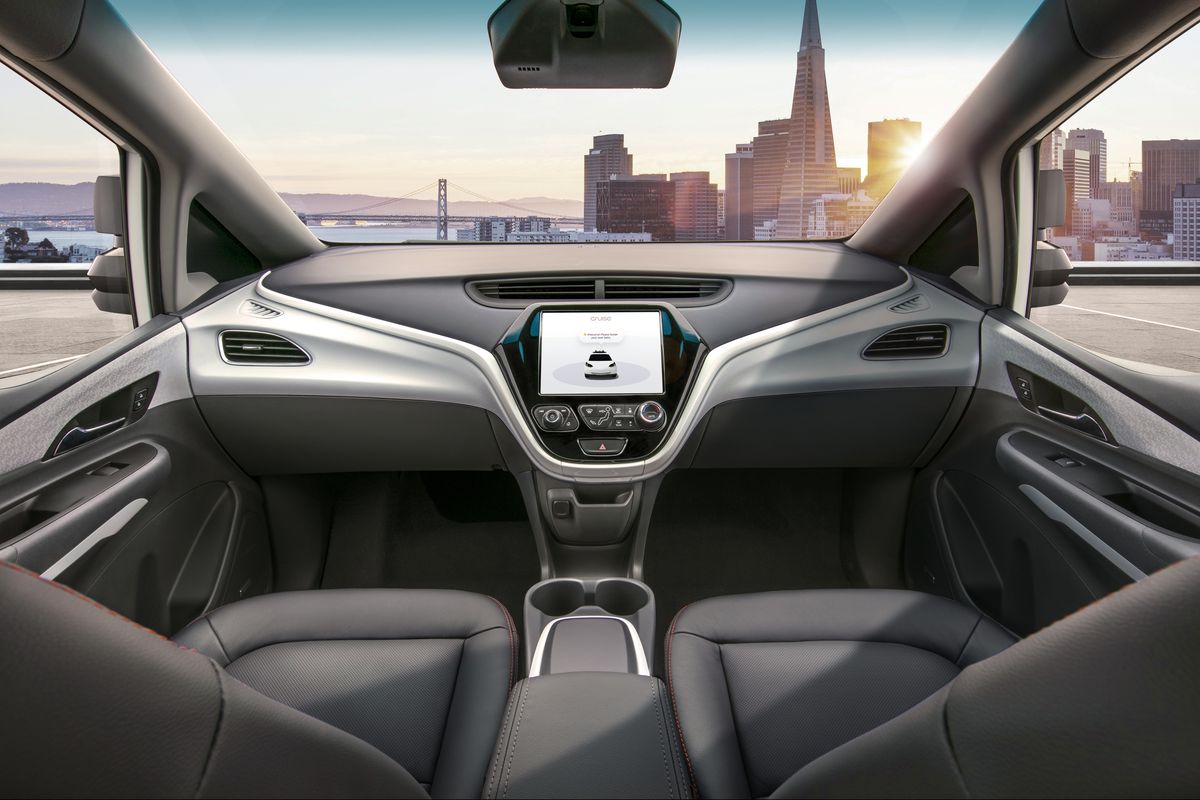By Warren Miller, contributing writer
Self-driving cars are the wave of the future, but who expected the future to arrive so quickly? Well, get ready because the future could be right around the corner. General Motors (GM) recently announced its intention to make the 2019 Chevy Bolt, GM’s all-electric model — the first car on the road without a steering wheel or pedals for braking or accelerating — in other words, the first commercially produced truly self-driving car.
“It’s a pretty exciting moment in the history of the path to wide-scale [autonomous vehicle] deployment and having the first production car with no driver controls,” GM President Dan Ammann told The Verge. “And it’s an interesting thing to share with everybody.”
You’re probably thinking that 2019 seems awfully soon to see a car without a steering wheel driving next to you down the freeway, but GM is trying to stay ahead of their competitors in a rapidly growing field. Ford has already set a goal of having a no-control car on the road by 2021, and non-traditional auto manufacturers like Google subsidiary Waymo are testing self-driving cars (albeit ones with steering wheels and pedals) in multiple American cities, even going so far as to implement a fleet of self-driving minivans as an Uber- or Lyft-like ride-sharing service in Phoenix later this year.

GM plans to mass-produce self-driving cars that lack steering wheels and pedals by 2019. Image source: GM.
Is a car without a steering wheel even legal? Here, we come to the crux of one of GM’s big issues: getting their autonomous vehicle the green light by the federal government. The company submitted a petition to the Department of Transportation asking for some exemptions from traditional automobile safety standards. “A car without a steering wheel can’t have a steering wheel airbag,” said Paul Hemmersbaugh, GM’s policy director for autonomous vehicles. “What we can do is put the equivalent of the passenger side airbag on that side as well. So it’s to meet the standards but meet them in a way that’s different than what’s exactly prescribed, and that’s what the petition seeks to get approval for.”
GM made the announcement in conjunction with releasing a 33-page safety report on the 2019 Chevy AV, something that the DOT strongly suggested all tech companies and automakers developing autonomous vehicles do so that the government can keep up with this rapidly changing and expanding technology. GM is only the second company to comply with this request to date, however (Waymo submitted its own report last year ). GM’s report is fairly comprehensive but does exclude relevant information such as how many accidents that its self-driving cars were involved in. GM’s self-driving arm, Cruise Automation, did confess that six of their vehicles were involved in collisions in California in September of last year alone because California state law requires that any company with a license to test self-driving cars on the road report any and all accidents that those cars are involved in. It’s worth pointing out, however, that the law in question requires the companies to report all such incidents, regardless of who was at fault.
Advertisement
Learn more about Electronic Products Magazine





